170-Year-Old American Whiskey Salvaged from Great Lakes Shipwreck Could Be Worth Millions
- Scott Way

- Mar 7, 2023
- 4 min read
Updated: May 11, 2023
On December 7th, 1854, a passenger steamship named The Westmoreland was tragically swept up in rough waters during a blizzard and pulled to the bottom of Lake Michigan. She went down just three miles from safety off the coast of Traverse City. 17 people lost their lives.
She wasn't discovered until 2010, resting upright in the clear waters of Platte Bay at a depth of 200 feet, by renowned shipwreck diver Ross Richardson. By that time, historians knew she had gone down with not only 17 souls, but also 280 barrels of American whiskey. She also had a suspected $20 million in gold coins aboard.
When she sank, she was bound for Mackinac Island where U.S army personnel occupied the fort guarding the passageway between Lake Huron and Lake Michigan. It is believed the gold coins were intended for paying the garrison stationed there. Other supplies, like barrels of flour, floated ashore for weeks afterward, serving as solemn reminders of what had transpired off the coast. According to reports, The Westmoreland developed a leak in one of her steam pumps, which gradually filled with water until it shut her engines down. Unable to maneuver in the storm, she was powerless against the waves.
It's believed that 34 people were aboard the ship, with equal numbers perishing and making it to shore. The 17 that reached the mainland were left no option but to walk to Manistee, the nearest town almost 40 miles away - a grisly predicament during a frigid Michigan winter.
As for the ship, according to Richardson, the cold and calm water created ideal conditions for preserving her artifacts, not the least of which was the fabled bourbon.
However, maritime laws forbid the removal of artifacts from Great Lakes shipwrecks, and The Westmoreland is no exception. But with the historical value, not to mention the financial assets, that may be set to change.
Richardson told the Daily Mail: "The Westmoreland is an underwater museum, filled with perfectly-preserved relics from the 1850s, and preserving them for public display would be a worthy cause. She is one of the most intact and best preserved shipwrecks from the 1850s on the planet."

The Westmoreland is also a unique vessel in its own right, with hogging arches on either side of her hull. The arches were intended to reduce stress on the hull at midships and prevent the keel from bending upward. Those ominous arches made The Westmoreland instantly recognizable the moment Richardson laid eyes on her.
The location also helped. The Westmoreland surprisingly landed upright in sandy dunes which minimized the damage on impact, despite being in challenging underwater terrain.
He told the Daily Mail: "The area where the Westmoreland sank was not flat and smooth, like the majority of Lake Michigan's bottom. It was full of underwater sand dunes and cliffs, making early search efforts very difficult. Around 2008, there was a breakthrough in side scan sonar technology, and an affordable and capable sonar unit was made available to the public. I was an early adopter of this technology and it's perfect for searching the area where The Westmoreland sank. Many searchers were in the right area, but lacked the right tools for the job."
Another diver, Chris Roxburgh, has not only been to the wreck but also told the Daily Mail about her mysterious cargo: "It's a difficult dive since there is no rope or buoy attached to the ship and it's almost 200 feet deep. The gold and whiskey is deeper in the wreck, in the hold or cabins. And the deck is partially collapsed so getting deeper into the vessel is hard."
So what will it take to bring the whiskey to dry land? Permission from the proper authorities, the equipment to raise the cargo from its difficult position, and someone to finance the operation. There's also the potential quagmire of government involvement, which history has shown time and time again will muddy the waters, particularly as the value increases.
According to Richardson, "a regional distillery is extremely interested in salvaging the whiskey barrels for testing and selling. The genetic makeup of corn was much different in 1854 and may have had a different taste to today's corn."
That's all well and good, but the juice must be worth the proverbial squeeze. According to Forbes, this is where The Westmoreland may get her funding -- thanks in part to a North American/European liquid currency exchange. According to journalist Brad Japhe, "a single bottle of scotch salvaged from the SS Politician off the coast of Scotland fetched £12,925 at auction in 2021. In a best case scenario, this cache of 280 barrels could result in as many as 56,000 bottles. If each one was valued commensurately to its Scottish counterpart—a big if—that would equal over $871 million USD in liquid gold!"
There's also the matter of the supposed $100,000 in gold coins inside her safe. By today's estimates, those precious metals could easily fetch over $20 million USD. Should they exist, their value would add yet another layer to one of the Great Lake's biggest mysteries.
You can get the look inside The Westmoreland in the video below:
You might also like: Sunken WWI English Ship with 100-Year-Old Liquor Stuck in Limbo #news #culture





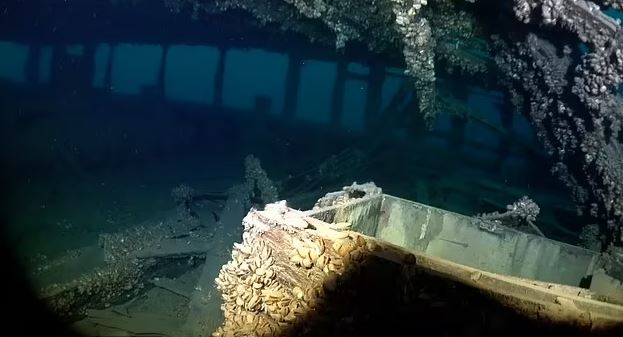

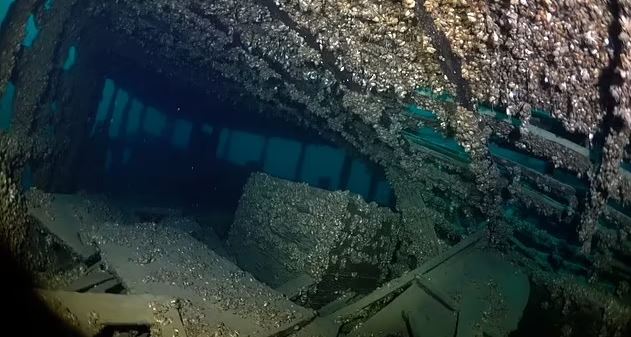

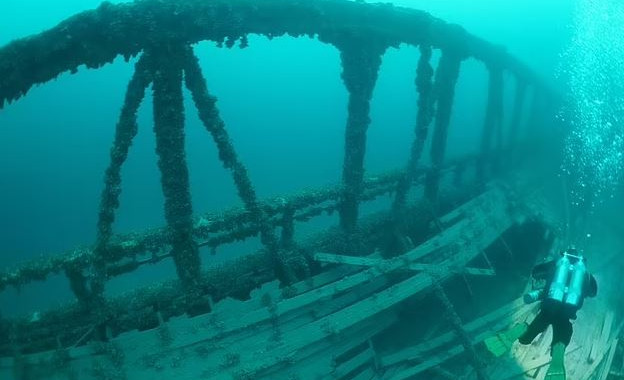



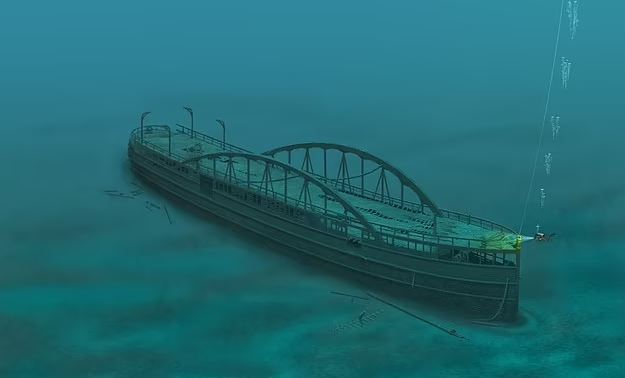


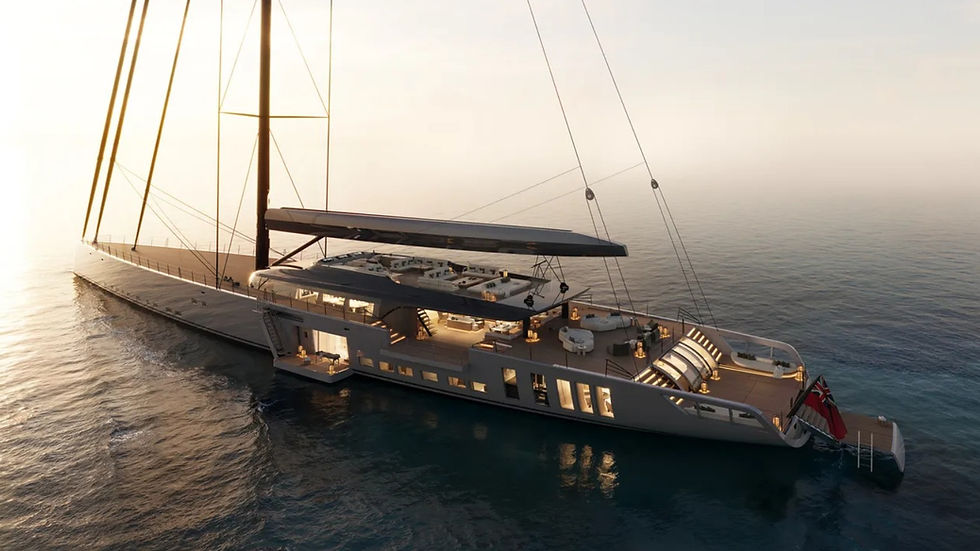
















Comments